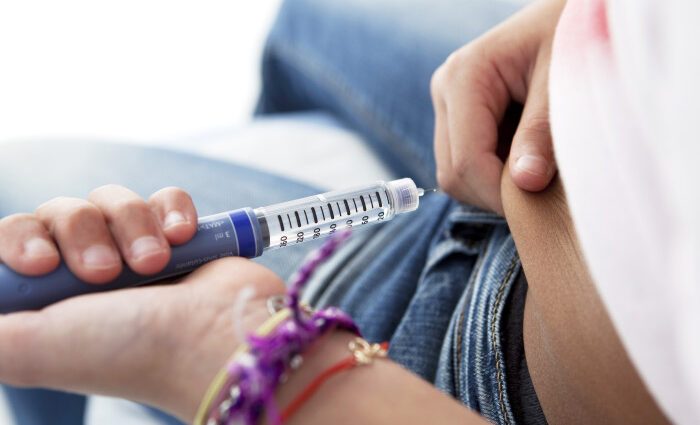Some children may be at risk of type I diabetes. If you see certain signs and symptoms in your child, getting medical help is a must. With proper, early treatment, all children, even those with diabetes, can grow up happy and healthy.
Type I Diabetes
There are two types of diabetes: type I and type II. Of the two, type I is the more serious. In the vast majority of cases, type I develops early in life. Children who have pediatric diabetes typically have the first type. The bad news is that it is a severe medical condition. The good news? Medical developments have made it possible for children with this condition to avoid complications and have a high quality of life.
Symptoms of This Condition
As those at Tandem Diabetes point out, all parents should keep in mind that the symptoms of type I diabetes can develop very quickly. For example, a child may be in good health one day, only to lapse into a diabetic coma the next. That’s why all parents, and not just those with a history of diabetes in the family, should know about typical signs and symptoms of type I diabetes.
One of the most common is increased thirst. Children with diabetes may ask for drinks all the time. This can lead to frequent urination as the body expels the fluids. A child may also state they feel hungry all the time. At the same time, even after consuming a lot of food, the child may be underweight. Weight loss in children who eat a lot is very common.
There are several other symptoms to keep in mind if you suspect your child has pediatric diabetes. The child may seem tired all the time. A child may also be more irritable than usual or have trouble concentrating on their work. The child may also have breath that smells like fruit.
Developing a Treatment Plan
While you might note changes that lead you to think there’s a problem, the only way to know for sure is by having a doctor examine your child. If you suspect a problem, it’s imperative to speak with a doctor as soon as possible. Early treatment is crucial. It can help you and your child learn to cope with this condition and ensure they have what they need to ward off any further issues.
A treatment plan will include several elements. Monitoring your child’s blood sugar is a must. Children with diabetes need to know exactly what they are eating. Parents can help all affected children learn how to pay close attention to their body and the messages it’s sending. The child may need to prick their skin in order to check for blood sugar readings. They may also need to inject insulin. You can help them with this process by making sure they are doing such actions correctly.
If your child has type I diabetes, early diagnosis and treatment can help them stay healthy.

